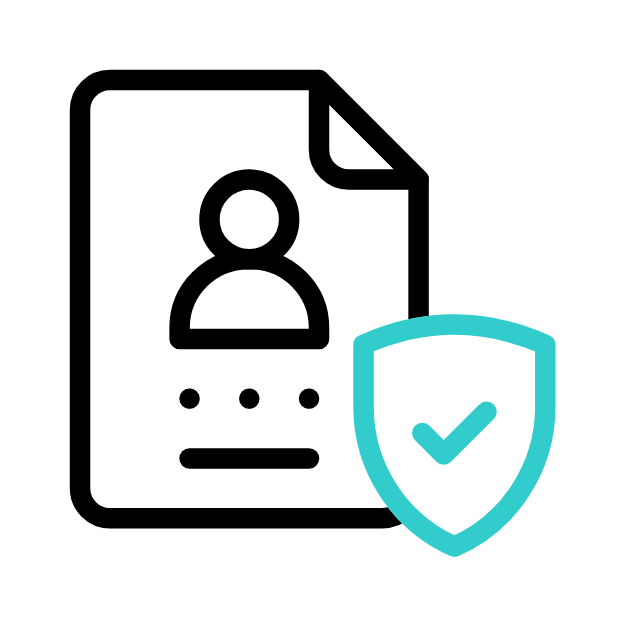STRATEGIES FOR ENHANCING STUDENTS‟ PARTICIPATION IN EMI CLASSES USING FLIPPED CLASSROOM MODEL
Maqola haqida umumiy ma'lumotlar
The swift advancements in information and communication technology have raised learners' expectations, prompting researchers to look for fresh approaches to education. The flipped classroom is one of the numerous technology-enhanced teaching styles that has become more and more popular in recent years. This method helps create a communicative and more student-centered learning atmosphere in EMI (English as a medium of instruction) classes. While this method is becoming more and more used in the field. There hasn't been much study done on using the flipped classroom method in EMI classes. In order to close this gap, the research offered various resources that can help teachers implement classroom flipping strategies and enhance student engagement and communication. The flipped classroom was also investigated from the perspective of EMI students. A learning experience questionnaire, focus group interviews, and teacher observations were used to gather the data.
1. Ahmad, S.Z. (2016). The flipped classroom model to develop Egyptian EFL students‟ listening comprehension. English Language Teaching, 9(9), 166–178.
2. Akcayir. G., & Akcayir, M. (2018). The flipped classroom: A review of its advantages and challenges. Computers & Education, 126, 334-345. Doi: https://doi.org/10.1016/j.compedu.2018.07.02
3. Aycicek, B. & Yanpar Yelken, T. (2018). The Effect of Flipped Classroom Model on Students‟ Classroom Engagement in Teaching English. International Journal of Instruction. 11. 385-398. 10.12973/ iji.2018.11226a.
4. Bauer-Ramazani, C., Graney, J. M., Marshall, H. W., & Sabieh, C. (2016). Flipped Learning in TESOL: Definitions, Approaches, and Implementation. TESOL Journal 7(2): 429–437. Available at: https://www.researchgate.net/publication/299554197_Flipped_Learning_in_TESOL_ Definitions_Approaches_and_Implementation
5. Bergman, J. (2012). The „Flipped Classroom‟ starts with one question: What is the best use of my face-to-face class time? Daily Edventures. Available at: http://www.dailyedventures. com/2012/05/22/the-flipped-classroom-starts-withonequestion-what-is-the-best-use-of-my-face-to-face-class-time/
6. Vaughan, M. (2014). Flipping the learning: An investigation into the use of the flipped classroom model in an introductory teaching course. Education Research and Perspectives, 41(1), 25–41.
7. Warawudhi, R. (2017). The Evaluation of Edmodo in Business Reading Class. International Journal of Information and Education Technology. 7. 153-158. 10.18178/ijiet.2017.7.2.858.
8. Yulian, R. (2021). The flipped classroom: Improving critical thinking for critical reading of EFL learners in higher education. Studies in English Language and Education, 8(2), 508-522. doi:https://doi. org/10.24815/siele.v8i2.18366
9. Khanova, J., McLaughlin, J. E., Rhoney, D. H., Roth, M. T., & Harris, S. (2015). Student perceptions of a flipped pharmacotherapy course. American Journal of Pharmaceutical Education, 79(9), 140.
10. Cheng, L., Ritzhaupt, A.D., & Antonenko, P. (2019). Effects of the flipped classroom instructional strategy on students‟ learning outcomes: a meta-analysis. Education Technology Research and Development 67: 793–824.
11. Hung, H. T. (2015). Flipping the classroom for English language learners to foster active learning. Computer Assisted Language Learning, 28(1), 81-96. Doi:https://doi.org/10.1080/09588221.2014.967701
12.Hung, H. T. (2017). Design‐based research: redesign of an english language course using a flipped classroom approach. TESOL Quarterly, 51(1), 180-192. Doi: https://doi.org/10.1002/tesq.328
13. MODELS OF BLENDED LEARNING Dilorom Nurulloevna ASHUROVA “Foreign Languages in Uzbekistan”, 2021, No 1(36), 115-127 https://journal.fledu.uz
14. Ashurova D.N. Conceptual and terminology apparatus of the blended learning //Foreign languages in Uzbekistan, 2020, No 4 (33), pp. 164–174.
15. Heinze A., Procter C.T. Reflections n the Use of Blended Learning. Available at:
16. Allen E., Seaman J., Garrett R. Blending In: The Extent and Promise of Blended Education in the United States. - ERIC Clearinghouse, 2007. -35 p.
17.Anderson L.W. and Krathwohl D.R., et al (Eds.) A Taxonomy for Learning, Teaching, and Assessing: A Revision of Bloom‟s Taxonomy of Educational Objectives. New York: Longman, 2001. - p.352.
18.Bergmann, J., & Sams, A. Flip Your Classroom: Reach Every Student in Every Class Every Day.- Washington DC: International Society for Technology in Education, 2012. - pp.120-190.
19.Bonk, C.R. Graham, M.G. Moore. The Handbook of Blended Learning: Global Perspectives, Local Designs. - Pfeiffer, 2006. - 624 p.
20.Clark, D. Learning experience design.- Kogan Page Publishers, 2021.- p 320.
21.Friesen, N. The Place of the Classroom and the Space of the Screen: Relational Pedagogy and Internet Technology. -New York: Peter Lang, 2011. - p 5. 22.Graham, C. R., Allen, S.,Ure, D. Benefits and challenges of blended learning environments. -Encyclopedia of Information Science and Technology (1st ed.). Hershey, PA: Idea Group Reference, 2005. - p. 259.
Eshchanova, G. H. (2024). STRATEGIES FOR ENHANCING STUDENTS‟ PARTICIPATION IN EMI CLASSES USING FLIPPED CLASSROOM MODEL. Academic Research in Educational Sciences, 5(6), 133–141. https://doi.org/
Eshchanova, Gulbakhor . “STRATEGIES FOR ENHANCING STUDENTS‟ PARTICIPATION IN EMI CLASSES USING FLIPPED CLASSROOM MODEL.” Academic Research in Educational Sciences, vol. 6, no. 5, 2024, pp. 133–141, https://doi.org/.
Eshchanova, H. 2024. STRATEGIES FOR ENHANCING STUDENTS‟ PARTICIPATION IN EMI CLASSES USING FLIPPED CLASSROOM MODEL. Academic Research in Educational Sciences. 6(5), pp.133–141.
 O'zbekcha
O'zbekcha English
English Русский
Русский


